Wondering what the plus size model weight requirements are in the plus size modeling industry? Here are the plus size model requirements and measurements you need to know for a career in the fast and exciting world of plus size modeling!
Joining the plus size modeling industry can feel like a never ending world of questions. Am I too fat? Am I too skinny? Am I too short or too tall? Do I have too many tattoos? The list goes on! And if you’re anything like me, you want to be prepared for anything.
As a plus size supermodel signed to multiple agencies across the country, I’m giving you the inside scoop on the plus size model weight requirements in the plus size industry! You’re going to learn what brands, clients, and agencies are expecting to see from you in terms of measurements and weight requirements.
After learning about these plus size model requirements, you’re going to be prepared when you apply for any agency, brand, or client as an aspiring plus size model.
This post is all about the plus size model weight requirements and measurements in the plus size modeling industry!
Plus Size Model Weight Requirements
Weight Requirements
When starting this blog, I did extensive research of what the most highly requested questions were by aspiring plus size models. Surprisingly to me, one of the most asked questions was, “what are the plus size model weight requirements???”.
Initially, I was upset because I saw google had an “answer” to the question, but google isn’t a plus size supermodel, I AM!!!
And as a professional, plus size supermodel, I’ve been signed to plus size modeling agencies at a size 12 and at a size 26 so if anyone would know from personal experience, it would EXTRA be me!!!
With that said, I was also shocked because I know after working in the industry for so long, that there are NO plus size model weight requirements. I repeat, THERE ARE NO PLUS SIZE MODEL WEIGHT REQUIREMENTS!!!!!!!
Through research and experience, I found the reason why most aspiring plus size models think there is a weight requirement is due to lack of resources and representation alongside poor size charts from brands and manufacturers so let’s talk about it!
Measurement Requirements
While there are no weight requirements, as a model, it’s required and professional that you know your exact measurements all the time. Knowing your measurements has nothing to do with your weight in modeling as it has to do with finding the best size for you on a brand’s specific size chart.
Unfortunately, in the plus size fashion world as you may already know, size charts are all over the place and again, that has nothing to do with you!!!
For example, in one brand, you may be a size 16 in jeans, but in another brand, you may be a size 22. Below, one size chart is from Torrid and another is from Eloquii. Both plus size brands, but as you can see, different measurements for the same size.

Knowing your measurements is super helpful to navigate this for plus size modeling agencies, brands, and yourself over all.
Measurements are always changing so the best way to know your measurements is keeping a soft tape measure on hand like this ONE.
This is the exact soft tape measure I’ve been using for years and it’s my favorite because it’s compact and super affordable! It also goes to 120 inches where as most soft tapes only go to 60 inches!
Plus Size Size Charts
Hayley, why are plus size size charts so skewed? Well there are a few reasons for this!
#1 Ignorance
Most commonly and unfortunately, size charts are so skewed is because of a brand’s lack of knowledge aka sheer ignorance.
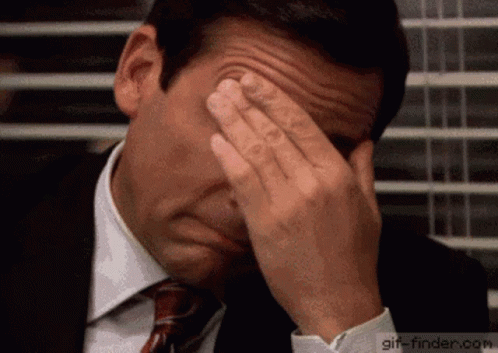
Now more than ever, brands have the resources to learn and cater to a plus size customer however they fail to want to spend the capitol on these educational resources to expand their brand.
Which is also another reason we’re not seeing the plus size fashion industry make rapid advancements like with straight sizes.
#2 Paddy Fatty
In the past (esp. commonly before the internet), plus size modeling agencies would hire plus sizes 10 – 16 and put pads on them to mimic sizes 18+ which is another reason size charts are so inaccurate often. They weren’t based on REAL plus size bodies!!!
Although this still happens here and there, it is not so common these days to use or bring pads to fittings thanks to the power of the internet.
#3 Lack of representation
Lack of representation from plus size modeling agencies. Candidly, for a long time, not only were there not many agencies with plus size divisions, but the plus size modeling divisions that existed were mostly hiring plus size models with little to no stomachs, no cellulite, loose hanging fat, scars, etc., just the “quintessential” idea of curves! Curvy in “all the right places”.
As we’ve seen, this has skewed the perception to not only the public, but also buyers from brands, of what a plus size body actually looks like and how every plus size body varies so drastically. There is no one size fits all curve model.
Not to mention, ironically, most buyers for plus size brands aren’t plus size themselves!!!
#4 Size charts
As we mentioned earlier, size charts in the fashion industry as a whole have drastically changed over time throughout history.
For example, there is a popular misconception that Marilyn Monroe is plus size because in the size charts of the 1950’s, Marilyn Monroe was around a size 12/14/16. However, if you compared that to a size chart today, Marilyn Monroe would be a size 2/4/6 – clearly a straight size. Mind blowing right?!
It’s not your body that’s the problem, it’s the fashion industry. It’s definitely time for the fashion industry to get on board and in the meantime, all you can do is be a part of the change to see representation!!
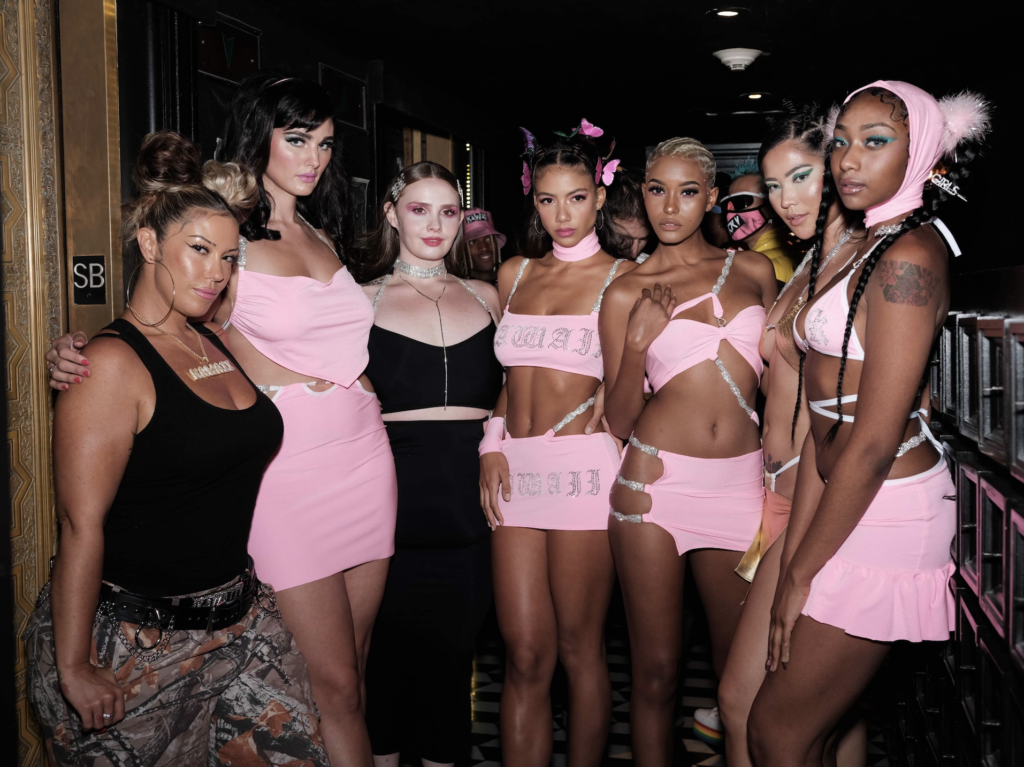
What sizes are considered to be plus size model?
What is considered “plus size” in the plus size modeling industry these days? Sizes 10 and up are currently considered plus size by most brands, companies, and agencies.
If you go to most average stores in America, you will find the biggest size comes in a size XL, MAYBE an XXL which commonly fits to a size 10/12/14.
Because of reasons like this, anything below a size 12 is considered ‘straight sizes’ that you find in most retail stores. However, from research, a vast majority of companies strictly focused on plus sizes, are starting their sizing at a 10/12 (L/XL).
Also something to watch out for is brands claiming to carry plus sizes when in reality they only go up to an XXL – loosely fitting sizes 12 – 16.
Brands carrying sizes XL/XXL have now listed themselves as inclusive of all bodies when in reality, they don’t even fit the average American woman in 2022 at a size 18.
So consider all these things next you try to put limits on yourself and say you can’t do plus size modeling because xyz! Because everyday, someone is breaking those barriers and limits and that person could be YOU!! REMEMBER – YOU CAN BE THE CHANGE YOU WANT TO SEE IN THE WORLD WITH ANY BODY, AT ANY WEIGHT, AT ANY AGE!!!!!!!!!
Overall, this post was about plus size model weight requirements, what is considered plus size model, and how measurements work in the plus size industry!
Other Posts You May Like:
5 Must-Have Photos in Your Plus Size Modeling Portfolio That Will Get You Booked
5 Life Changing Skincare Products II How to Get Supermodel Skin
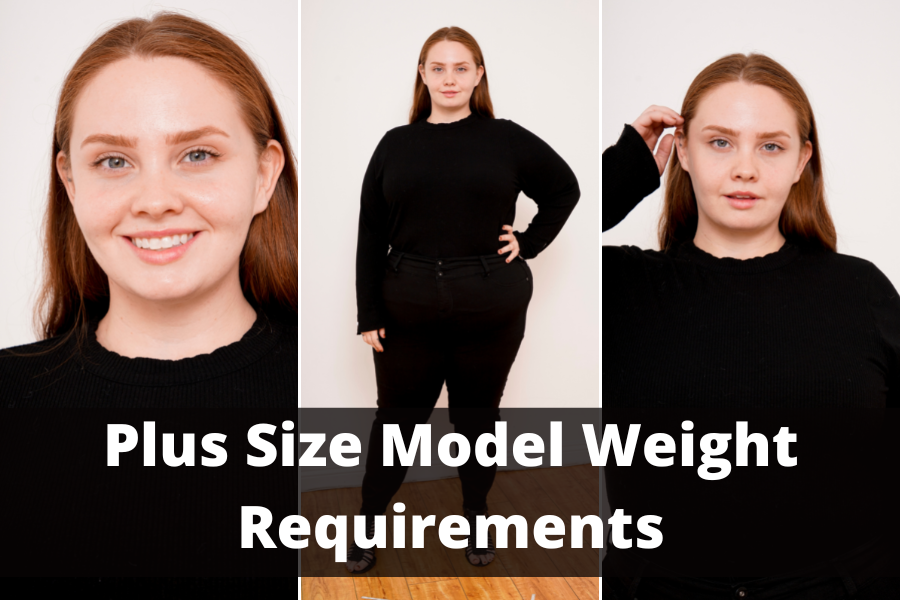


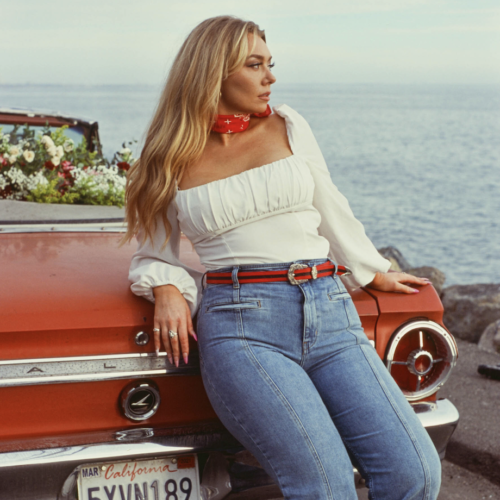
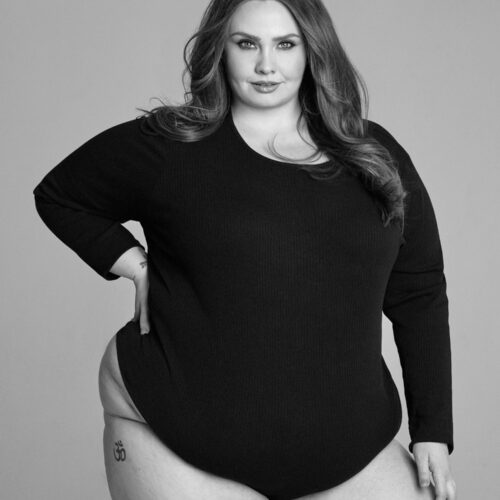
Leave a Reply